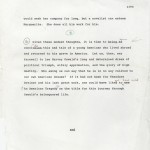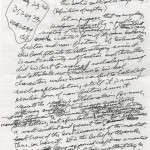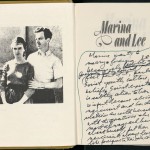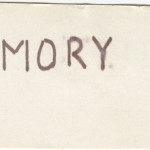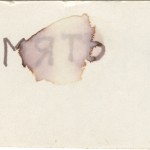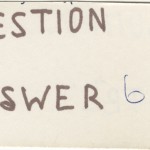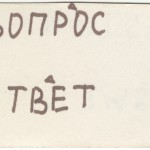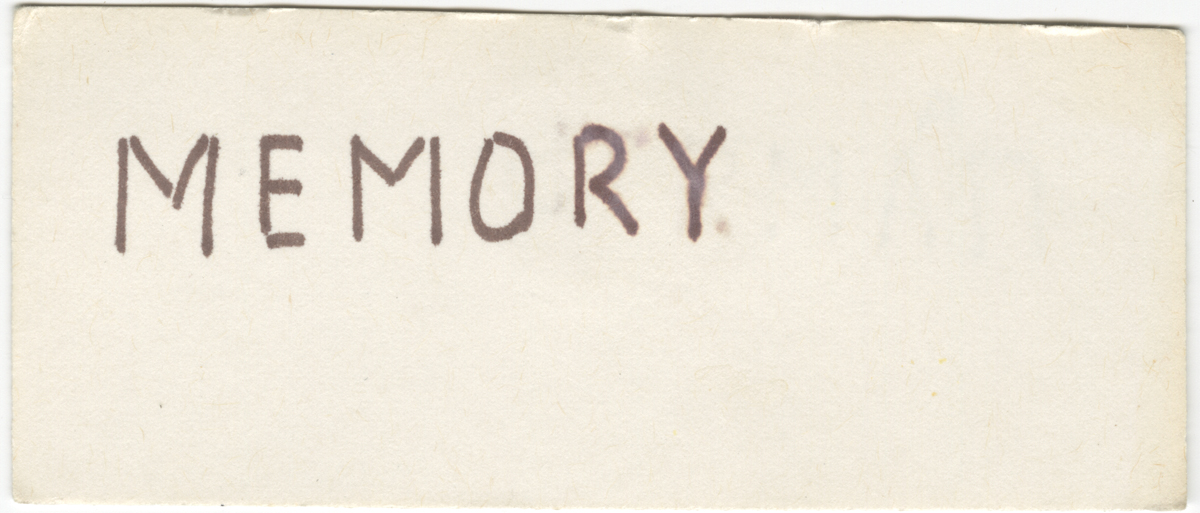
The assassination of President John F. Kennedy on November 22, 1963 in Dallas, Texas shook America’s understanding of trust, security, and rational behavior. In the five decades following, a multitude of historians and writers have been moved to study the event, many with particular interest in the assassin himself, Lee Harvey Oswald.
In 1995, Norman Mailer released Oswald’s Tale: An American Mystery, an 828-page biography of Lee Harvey Oswald. Written three decades after the assassination of President Kennedy, Mailer’s account of the man and the events offers a unique, in-depth study of Oswald’s relationships and character with specific focus on his time in the Soviet Union.
Born in New Orleans in 1939, Oswald spent his childhood in Dallas, Fort Worth, and New York City before joining the United States Marine Corps at 17. Throughout his life, Oswald was reprimanded for temperamental and reckless behavior, traits that repeatedly manifested themselves in spontaneous and rash decisions. Three years after enlisting, Oswald abandoned the Marine Corps and—having developed an increasing interest in Socialism—moved to the Soviet Union, where he expressed his desire to renounce his United States citizenship. There he met Marina Prusakova. They married within six weeks of meeting and had their first child within a year. After three years in the Soviet Union, Oswald returned to the United States.
Mailer’s archive, which resides at the Ransom Center, contains the author’s preliminary research for Oswald’s Tale—his 28th book—as well as drafts of the manuscript throughout the publishing process. Mailer’s notes include handwritten annotations, Russian vocabulary flashcards, and interview transcripts with a variety of Oswald’s acquaintances, including Marina Pursakova herself.
One early note, scrawled sometime between 1992 and 1993, reads, “It will be noted that this book is called a mystery… Let me propose that a mystery… creates a form of its own between fiction and non-fiction.” He asserts that “the author did his best to make up no dialogue,” and to “attribute no private motives to his real characters.” “Still,” he writes, “it is a most peculiar form of non-fiction since it requests the reader’s collaboration.”
Oswald’s Tale provides the reader with an in-depth perspective of the events, motivations, and emotions that ultimately drove Oswald to murder. The author undoubtedly makes his own speculations about the subject’s character, but his depiction of the facts encourages the reader to develop their own understanding of Oswald. Thus, Mailer’s Oswald’s Tale—and the collection of associated interviews, notes, and manuscripts—exists as an interactive reflection on the unforgettable tragedy of November 22, 1963.
Please click the thumbnails to view larger images.
